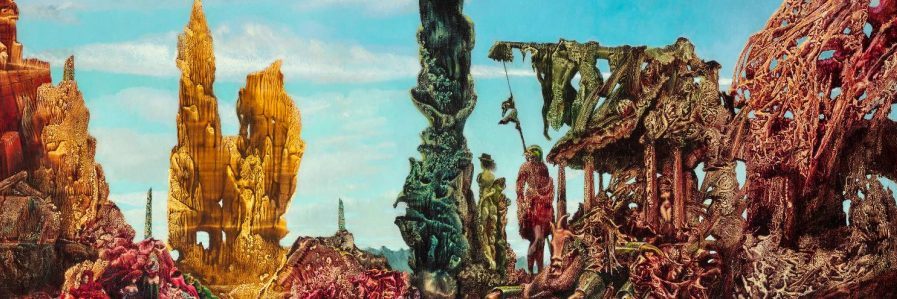The New Yorker finally got around to predictive processing with Larissa MacFarquhar’s profile of Andy Clark. Clark is the author of Surfing Uncertainty, the canonical and most comprehensive book on the subject.
Perception did not, then, simply work from the bottom up; it worked first from the top down. What you saw was not just a signal from the eye, say, but a combination of that signal and the brain’s own ideas about what it expected to see…
Perception… was not passive and objective but active and subjective. It was, in a way, a brain-generated hallucination: one influenced by reality, but a hallucination nonetheless.
A recap of speculation on this site as to the links between predictive processing and art:
- Predictive Processing & Art as Cognitive Remodeling (overview)
- On the Erotics of Interpretation (on the role of model-subversion in art)
- Backgrounding Techniques in Cinema and Literature (on perceptual hierarchies and artistic subversion thereof)
- All predictive processing posts
“On the Erotics of Interpretation” and “Backgrounding Techniques in Cinema and Literature” can be understood without reading the “Art as Cognitive Remodeling” overview, but their link to predictive processing may be less than obvious.
I also keep a Predictive Processing & Aesthetics channel over at Are.na, with resources on PP and related concepts (e.g. psychology’s “perceptual set”).

Leave a comment